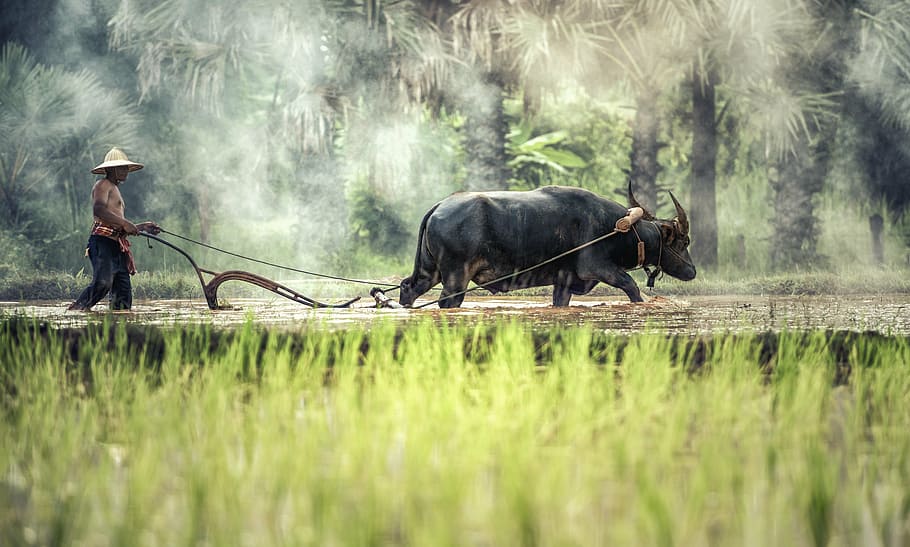Farmers have completed sowing of kharif crops in nearly 55 per cent of the season’s normal area by the first week of July. Last year at this time, they had achieved hardly 38 per cent coverage, while undertaking the bulk of plantings after mid-July and all through August. The primary reason has been the southwest monsoon’s timely onset and the country receiving 14 per cent above-normal rains so far. With water levels in major reservoirs at 146 per cent of the last 10-years’ average for this time and groundwater tables recharged from the good pre-monsoon showers as well, farmers have sought to capitalise on the excellent soil moisture conditions. Not surprisingly, every crop — from paddy and pulses to maize, bajra, jowar, small millets, soyabean, sesamum, groundnut and cotton — has posted a significant acreage jump over last kharif. Fertiliser sales registering high double-digit growth every month from November is further proof of farmers’ inclination to plant and also invest in their crop.
Simply put, India is headed for a bumper kharif harvest on top of the recent rabi or winter-spring crop. This is, of course, subject to the monsoon not playing truant in the second half (August-September) and also no locust attacks. Last year, there was very little rainfall till the last week of July, after which it poured so much that 2019 ended up as the wettest year in a quarter of a century. The opposite happening — good rains now giving way to extended dry spells — cannot be ruled out this year. One needs to equally watch out for locust swarms: The Food and Agricultural Organisation has warned about breeding already occurring along the Indo-Pakistan border. These could lead to “substantial hatching and band formation” this month and cause the first-generation of inbred swarms to form by mid-August. That is when the kharif crop, too, would be in the vegetative growth stage. Government agencies need to be on high alert during the next 4-5 weeks and take preemptive control measures, including aerial spraying operations in the main scheduled desert breeding areas.
As things stand, agriculture is one sector that seems to hold out hope, even as manufacturing, retail and other services continue to grapple with uncertainty from rising COVID cases and localised lockdowns. The Narendra Modi government did well to ensure smooth harvesting of the rabi crop and also minimum support price-based procurement in respect of wheat, paddy, chana, rapeseed-mustard and tur. No major reports have come of shortage of fertiliser, seed and other inputs for the current kharif season either. The recent reforms involving removal of stockholding limits on foodstuffs and allowing farm produce to be traded outside regulated mandis may not have any substantial immediate impact. But they send out the right signals about a sector whose growth, employment and value creation potential, both on- and off-farm, hasn’t really been realised.
Source: https://bit.ly/2ZnTitA

